THIS month’s 72nd Berlin International Film Festival features the world premiere of Gangubai Kathiawadi.
The big-budget Bollywood film starring Alia Bhatt in the title role is based on a real-life female brothel owner, who rose through the ranks to become one of the most feared figures in the Mumbai underworld. The Sanjay Leela Bhansali directed crime drama based on actual events, includes a supporting role from Ajay Devgn as legendary gangster Karim Lala. Ahead of the film’s premiere in Berlin and general release on February 25, Eastern Eye went back to reveal the real-life story of a female crime boss, who became a revered figure.
Ganga Harjeevandas was born in 1939 and brought up in the village of Kathiawad in Gujarat within a respectable family that shared a strong relationship with the local royal family. The young teenager became obsessed with the idea of becoming a Bollywood actress early on and desperately wanted to be part of the rapidly growing film industry in Mumbai. The 16-year-old fell in love with her father’s 28-year-old accountant Ramnik Laal, and it wasn’t long before they started a relationship. She knew her parents wouldn’t approve of her marrying the older man or joining the film industry. They secretly married in a small temple in Kathiawad, and she left with him for Mumbai with a few possessions in a cloth bag, including a little money.
The teenager didn’t tell anyone or leave behind any letter and knew deep down she could never return. Ramnik made big promises of turning her into a magical movie star and stayed with her in a small lodge. They used money Ganga had stolen from her parents to roam the city and just a week later Ramnik suggested she stay with his aunt, while he searched for a permanent place for them to stay. This was surprising since Ramnik had said he had no relatives in Mumbai, but Ganga reluctantly agreed and left with the garishly dressed ‘aunt’ named Sheela, who had come to collect her in a car. She was shocked to discover Sheela’s house in the Kamathipura district was filled with half-naked girls trying to attract men from the balcony. A scared Ganga soon realised she had been sold to a brothel in the red-light area by the lying Ramnik for just `500 and abandoned. Ganga tried desperately to leave but was forced inside and locked away in a room. The teenager was beaten, starved for days, and constantly threatened with her family being told she was in a brothel. Not wanting to dishonour the family or hinder chances of her unwed sisters getting married, she finally gave in and wanted to die, but that wasn’t possible with the constant guards, so agreed to work in the brothel.

Ganga became Gangu and was soon the most sought-after sex worker in Kamathipura. The small five-foot-tall girl had customers coming in from all over India and suddenly had money to buy gold jewellery. Twelve years quickly passed by and when Gangu was 28 she was brutally raped by a towering gangster. He left without paying and then drunkenly returned a month later to commit another horrific rape, which left her covered in sickening injuries. Gangu was hospitalised and incapacitated for weeks. She was determined that this wouldn’t happen to her again and found out the man who had viciously raped her twice was Shaukat Khan, a member of a gang headed by dreaded gangster Karim Lala. She learned that Karim Lala was respectful towards women and confronted him after Friday prayers.
Karim didn’t meet sex workers but was taken aback by her bravery and agreed to hear her out. After explaining what happened and showing the scars, Gangu said she would become his lifelong concubine if he helped her. An enraged Karim Lala explained that he was a family man and would never entertain such an idea but would personally track down the culprit. Taken aback by a man showing her respect for the first time, Ganga removed a small red thread from her purse and tied it around his wrist as a rakhi and adopted the feared gang lord as her big brother.
His men kept watch over the brothel and three weeks later Shaukat Khan returned and once again started brutalising Gangu, but within 10 minutes Karim Lala came to her rescue with two armed men. Karim dragged Shaukat out of the brothel and beat him mercilessly with hockey sticks. Karim publicly broke his bones and announced that he would kill anyone who treated Gangu badly.
Everyone in Kamathipura, including brothel madam Sheela, suddenly treated Gangu differently. She not only had the protection of the most feared gangster, but he also taught her how to develop ties with police and key members of the rapidly growing Mumbai underworld.
When Sheela passed away, Gangu took over as the brothel madam and was the youngest to do so. She was now called Gangubai Kothewali but changed it to Gangubai Kathewali to stay connected to her family name. Prostitutes were now protected for the first time. Anyone who did them harm was severely dealt with and for the first time no girls were kidnapped or forced to stay at the brothel.
Gangu soon controlled the brothels in the area with an iron fist and became a feared figure. She promoted literacy among sex workers and tried to get the government to regulate the red-light trade, by decriminalising prostitution.
Her empire grew rapidly with multiple money-making schemes. Soon she was driving a Bentley car, was decked out in gold jewellery, and wearing the most expensive saris.
The wealth she accumulated through organised crime was regularly given to those in need. She adopted several children and became the queen of Kamathipura. Gangu also enjoyed life, as she gambled, drank alcohol in abundance, smoked roll up cigarettes and chewed paan. She met powerful people including politicians and would be on hand to solve problems of locals in a Godmothertype of way. After the feared figure died, her stories became legendary among the red-light district and she remains revered in the area till this day.
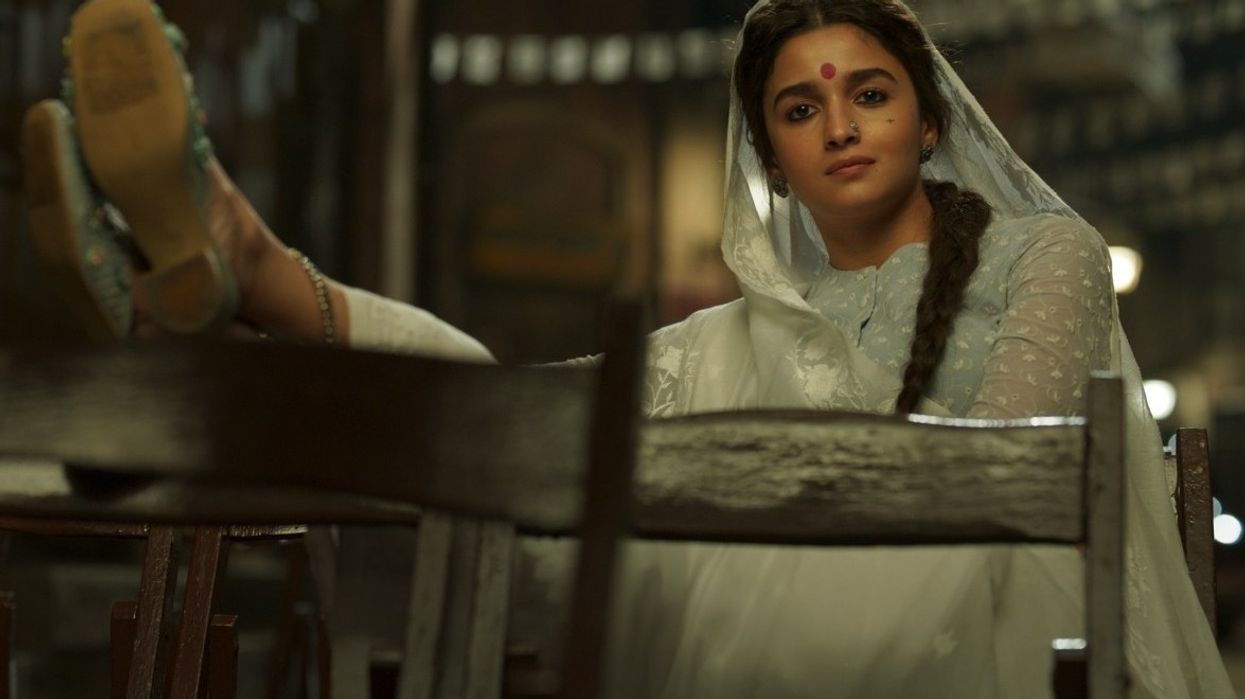




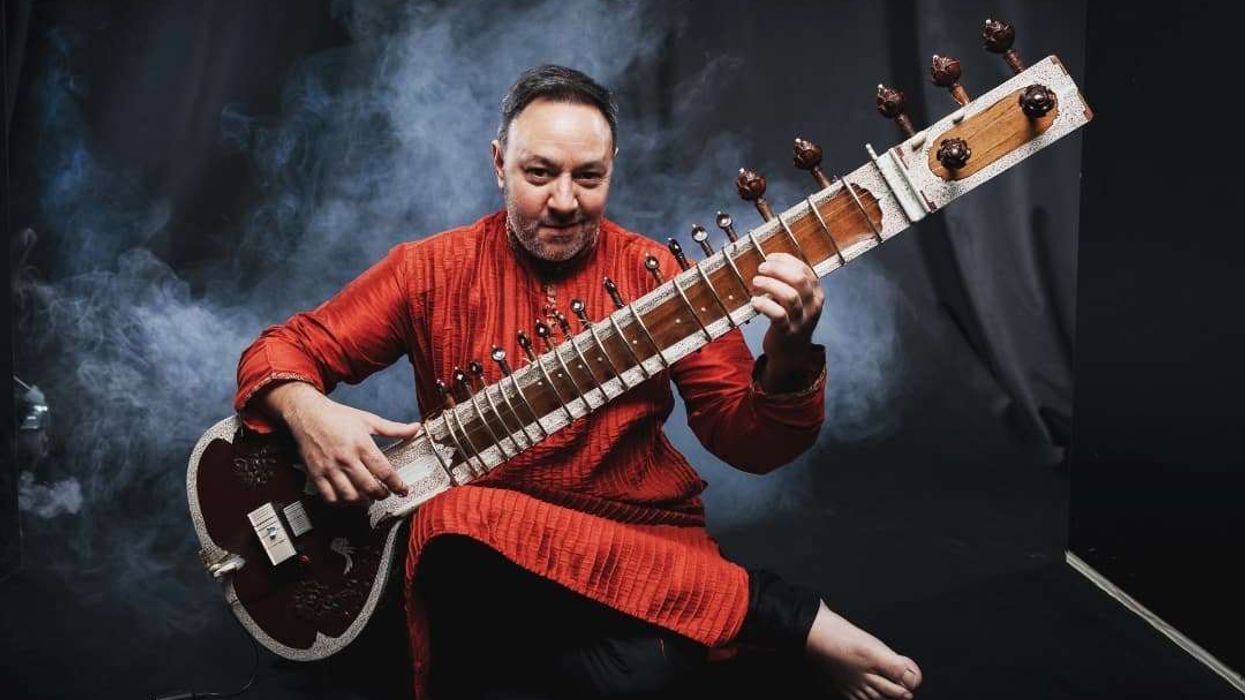
 Jonathan Mayer on the sitar and beyond Instagram/the_sitarist/ @sat_sim
Jonathan Mayer on the sitar and beyond Instagram/the_sitarist/ @sat_sim 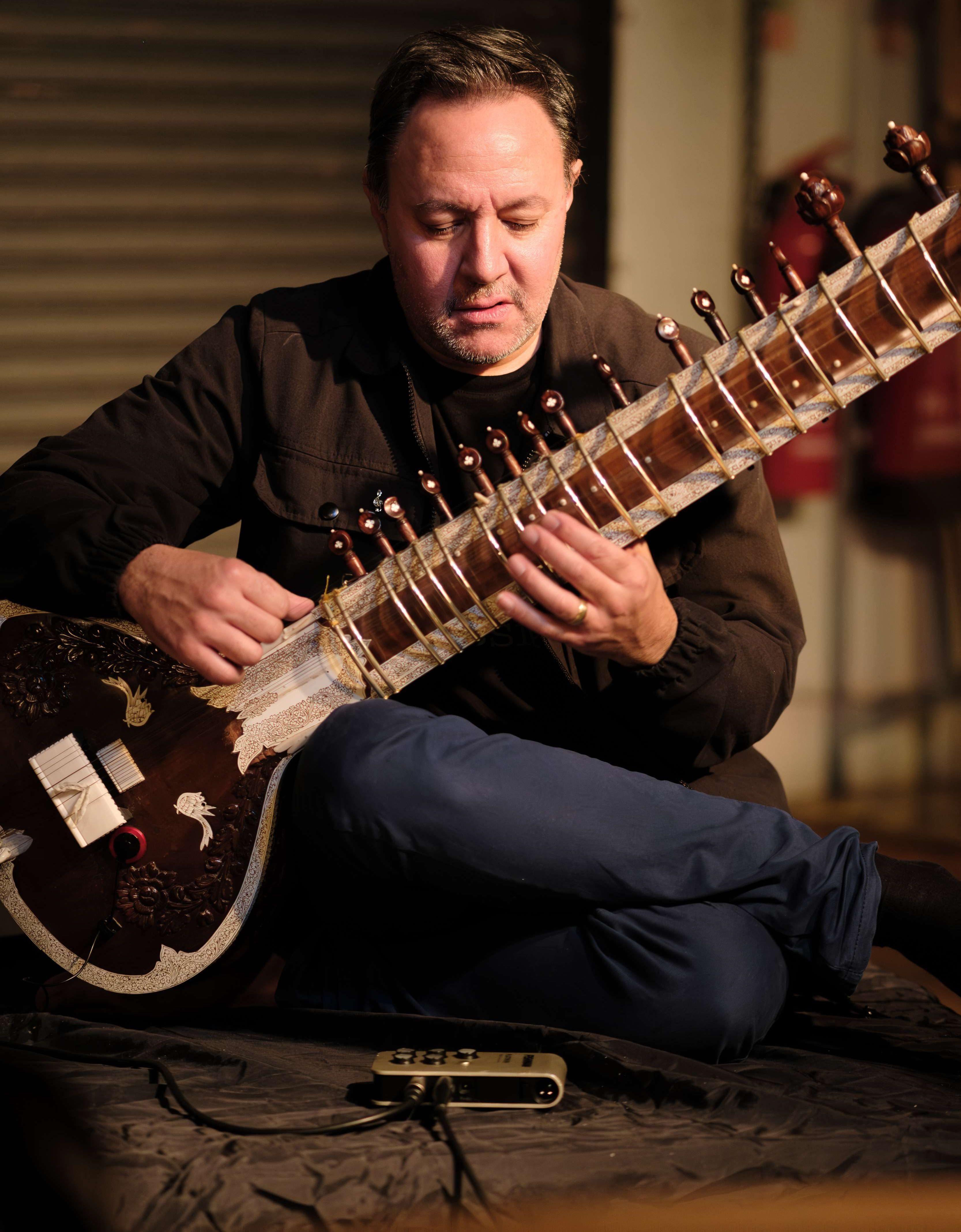 Redefining Indian classical music with Jonathan Mayer Akil Wilson
Redefining Indian classical music with Jonathan Mayer Akil Wilson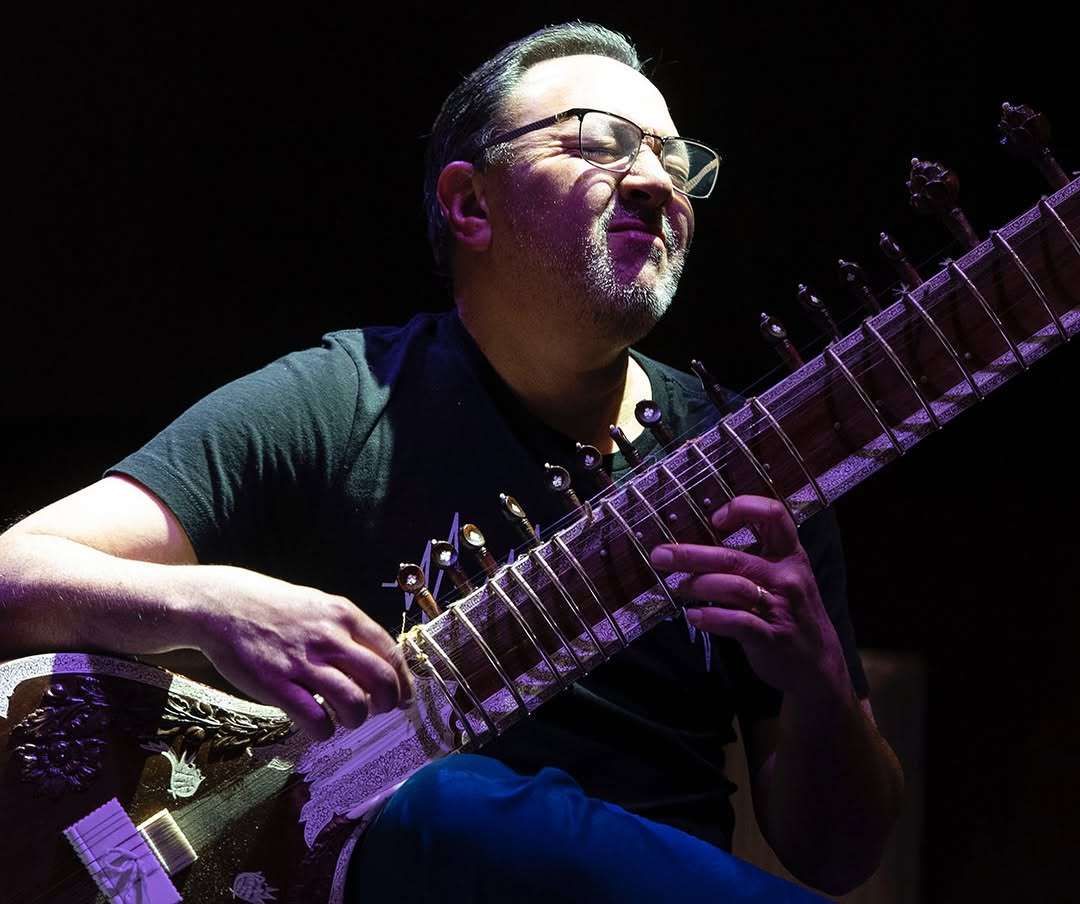 Jonathan Mayer on music without boundaries Instagram/the_sitarist/
Jonathan Mayer on music without boundaries Instagram/the_sitarist/ Jonathan Mayer on teaching and performing Indian music Instagram/
Jonathan Mayer on teaching and performing Indian music Instagram/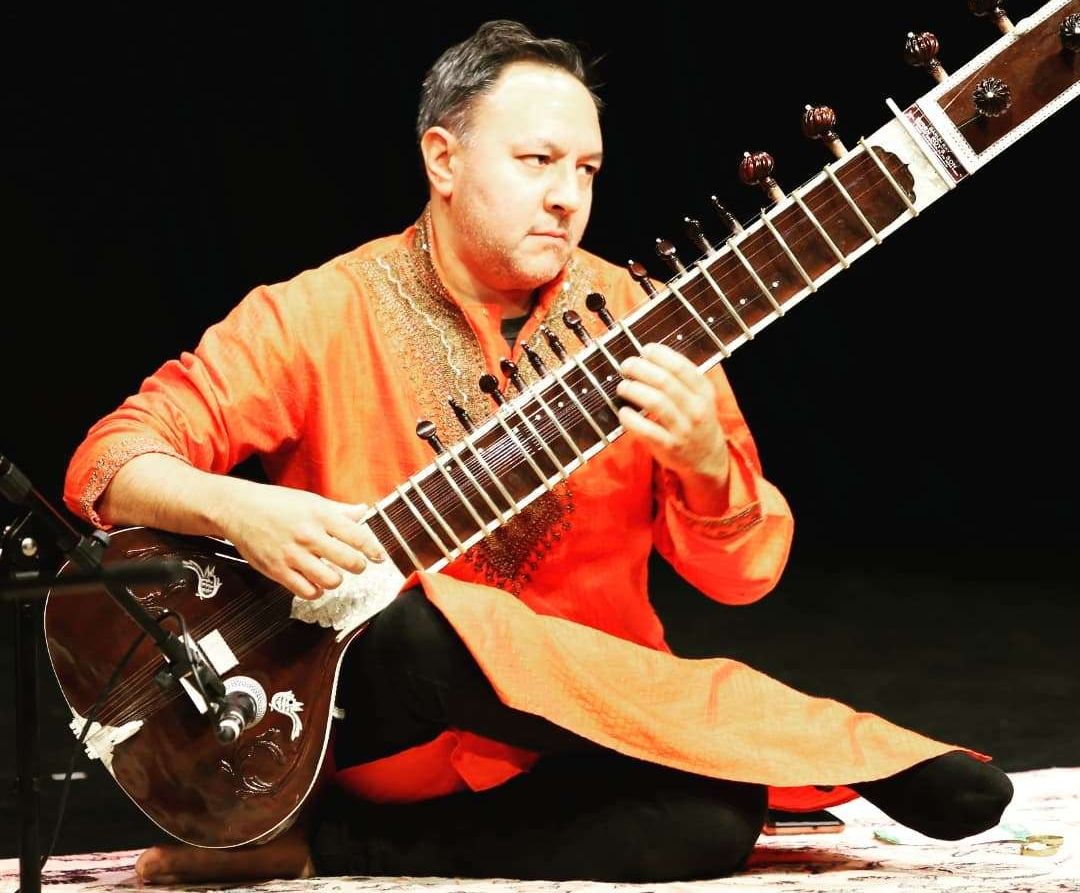 Jonathan Mayer about sitar as a voice of identityInstagram/
Jonathan Mayer about sitar as a voice of identityInstagram/





